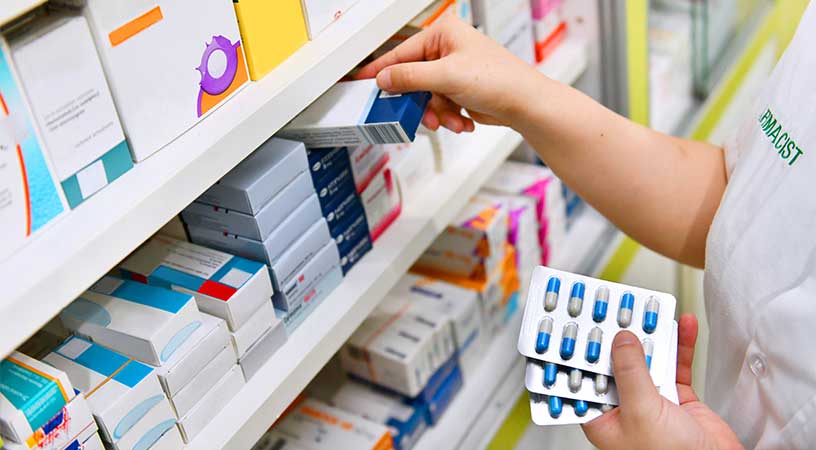An essential commodity, water plays a vital role in almost all stages of pharmaceutical and intermediate chemical manufacturing industries.
In the pharmaceutical production plant, there are various methods of wastewater treatment that include aerobic / anaerobic treatment, reverse osmosis, multimedia / carbon filtration, evaporation etc. Through these processes, the water is treated, recycled, reused or released out in the environment, to meet the norms of the government or ward off the problem of water scarcity. The process of wastewater for pharmaceutical industry is mentioned below.
Effluent Treatment Plant (ETP) for Pharmaceutical
The waste released out of Pharmaceutical industries and drug manufacturing units contain various ingredients, solvents and other substances that are harmful to humans and animals. Technologies such as aerobic / anaerobic treatment, membrane filtration and reverse osmosis work efficiently for different streams of this industry that reduce Chemical Oxygen Demand (COD), Biological Oxygen Demand (BOD), Total Suspended Solids (TSS) and Total Dissolved Soilds (TDS) in the pharmaceutical effluent.
Treatment of Pharmaceutical Wastewater Industry
The treatment of water in Pharmaceutical industry varies from different processes and technologies that the companies adopt. The treatment is carried out as follows:
- Preliminary Treatment: The wastewater is passed through a bar screen chamber where the floating particles are filtered out. The water is then collected in the collection tank.
- Aeration: The water collected is aerated by blowing air through air blower for a day. The water is transferred to the neutralization tank, after the aeration process.
- Neutralization: The pH of wastewater in the neutralization tank is adjusted between 6-7.
- Flocculation and Coagulation: The flocculating agent is added to the effluent i.e. alum that is widely used, to flocculate the suspended material. Polyelectrolyte solution is also added to coagulate the flock of the suspended materials in the form of sludge at the bottom of the tank. The concentration of the solution depends upon the suspended material in the effluent. The effluent is further transferred to the bioreactor tank.
- Biological Degradation: In the bioreactor tank, the nutrients are added for the proper growth of bacteria that degrade the organic matter of the effluent. The sludge is segregated from the settling tank and the water is filtered through activated carbon filter.
- Filtration: The treated effluent is passed through the activated carbon filter to remove coloring material.
- Recycle through high efficiency Reverse Osmosis systems is the final step where the end process need is recovery of water. Rely on us for efficient wastewater treatment systems.
Rochem India with its several hundreds of installations in the Pharmaceutical industry, offers the best Wastewater Treatment in India. We understand the requirements and the nature of this effluent that the industry generates. Hence, the water treatment plant designed by us are customized to each need. You can bank upon us for best technologies and solutions for niche categories like pharmaceuticals and many more.
We offer excellent water treatment and recycling technology that adapts to the changing needs of our customers. Get in touch with us through our mail at sales@rochemindia.net, or leave a message on our social media accounts - Facebook, Instagram and LinkedIn or call us on +91 (22) 6704 9000 for any enquiries and further information

